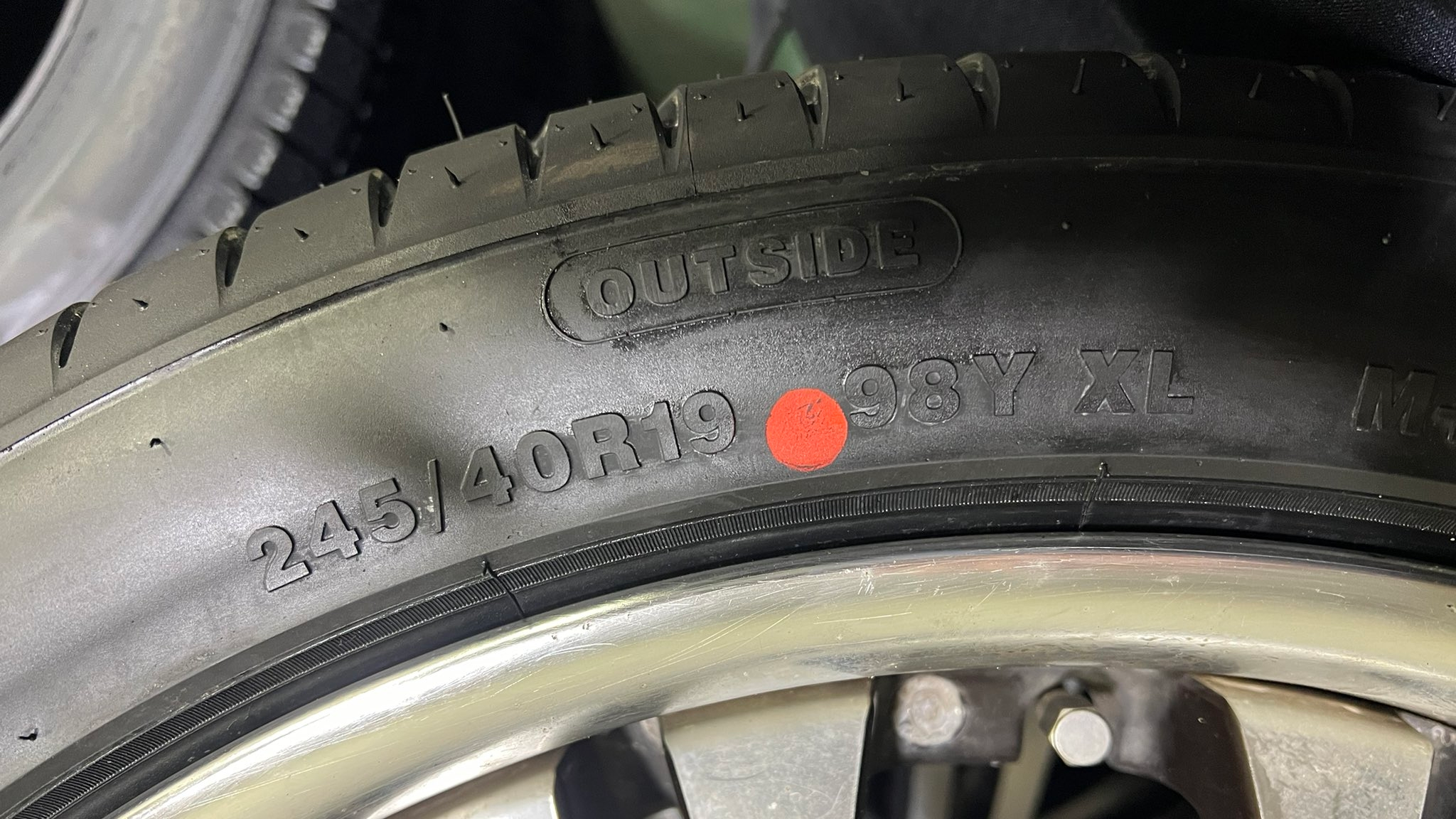Ever Notice Those Red And Yellow Dots On Your Tires? Here's What They Mean
The short answer is that it's not there for you, but the long answer is the one you're here for
Last time you bought a new tire, how closely did you look at it? You probably checked it for sizing and fit, making sure its width and profile and wheel size work with your car, but how carefully did you look at the other markings? Did you take notice of those little yellow and red dots? Did you wonder what they meant?
If you didn't, no worries — if those dots mattered for you, you'd know what they meant. But if you're curious anyway, the markings are actually points of inconsistency in manufacturing: Yellow is the heaviest point, red is the tallest from the wheel.
Tires may seem uniform when they come from the shop, but no manufacturing process is perfect. Tires have a marginally higher point where their belts meet and marginal differences in weight distribution around the rubber — it's the whole reason we have wheel weights. Those dots are to help get the balancing process started, so there's less to dial in with fiddly little weights afterwards.
The reason these marks won't matter to the average driver is that the average driver isn't balancing their own wheel and tire packages — they're leaving that job to shops with automated tire balancing machines, if they're even thinking about it at all. But for those who want to mount and balance at home, start by lining up the tire's yellow dot with the wheel's valve stem. The weight differences likely won't balance out, but you'll be in a better place than if you'd put the lightest and heaviest parts of the tire and wheel on opposite sides.
Similarly, if there's a low spot on your wheel, that's where the red dot should go. If you've got both, though, the red dot takes precedence. It's easier to make up a weight offset with some tacked-on grams than it is to counteract a physical bump in the tire.
Yellow dots are light, red dots are tall. If you're bringing your tires to the shop, you don't need to worry about such things unless you really don't trust your mechanic and want to check their work — though, at that point, maybe just get a new shop. Or, hey, maybe this is the chance to take this newfound knowledge and try balancing your own wheels. Give it a shot when you pick up that spare set for winter.
